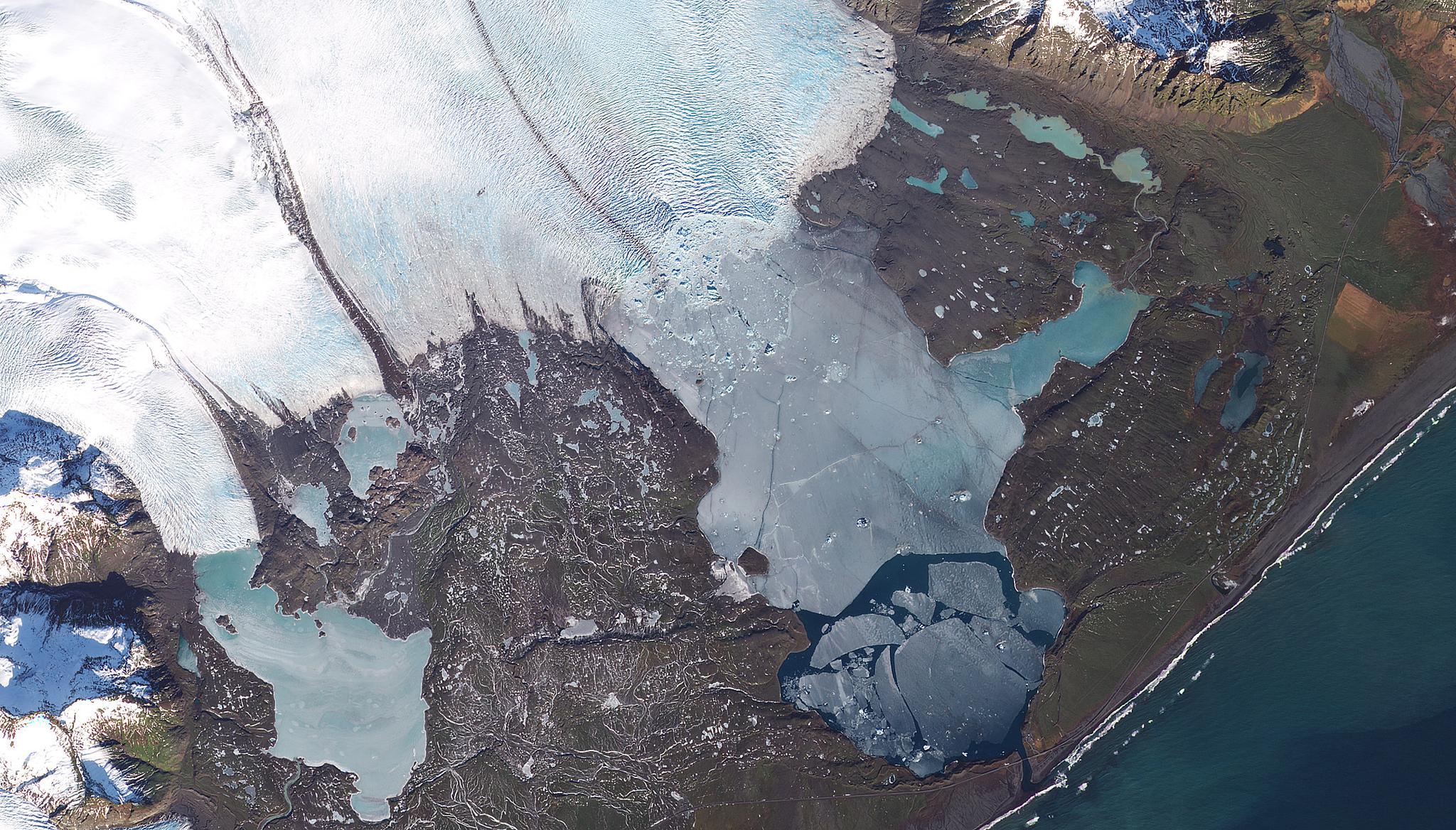PlanetScope Helps Map and Monitor the Threats of Intensive Olive Orchards on Drought Prone Regions
When envisioning the scenic regions surrounding the Mediterranean Sea, people often conjure up images of stunning coastlines, sunny skies, and of course, delectable dishes topped with rich olive oil from local olive trees. In fact, 95 percent of global olive cultivation happens in the Mediterranean’s semi-arid climate. However, these traditionally drought-tolerant species have recently become a competitor in local groundwater economies due to the intensification of olive orchards. To better understand this challenge, researchers from the Bonn International Centre for Conflict Studies and the Department of Geography at the University of Bergen are using PlanetScope data to map and monitor the growth of intensive olive plantations in Morocco. Using Planet’s time series data between 2010 and 2020, their research analyzed the risk this intensive farming could pose to aquifers. The researchers reported that the evergreen nature of olive trees and the dense patterns of green that are noticeable in intensive orchards made classifying the plantations with Planet data highly feasible. Their research deduced that the size of olive tree plantations significantly increased and there was also an emergence of new orchards in the Saïss plain region of Morocco. Their research further illuminated important actors in the olive oil sector and shined a light on how policy-induced land use change could both help and harm local drought-prone areas of Morocco. Full study can be found in Machine Learning Methods Applied to Optical Satellite Images.

Ready to Get Started
Connect with a member of our Sales team. We'll help you find the right products and pricing for your needs





